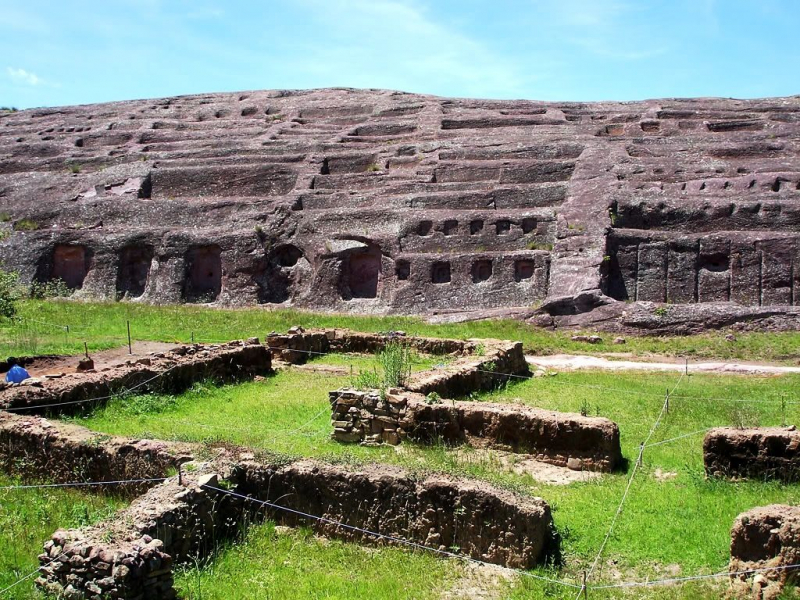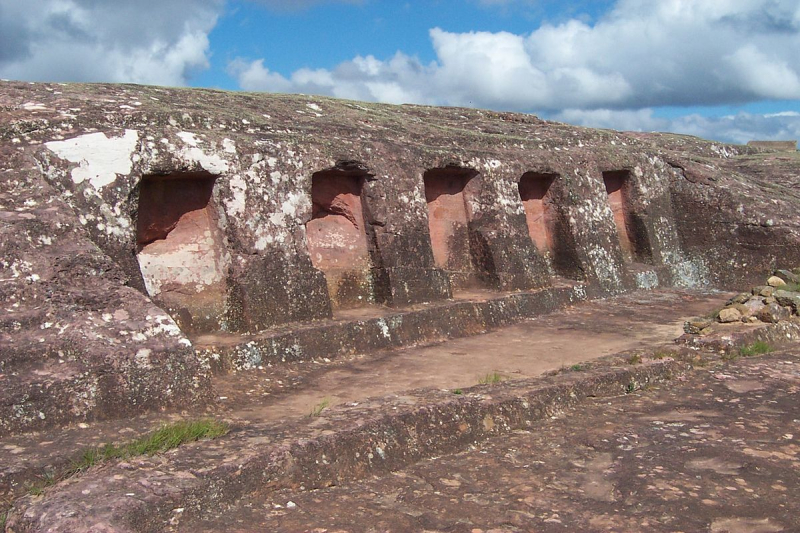El Fuerte de Samaipata
El Fuerte de Samaipata is an archaeological site in the Bolivian Andes' eastern foothills that comprises building remnants from three separate cultures.
El Fuerte de Samaipata translates to Fort Samaipata and has structures from the Chanè, Inca, and Spanish civilizations. It was most likely constructed around 300 AD by a pre-Inca people known as the Chanè.
The site includes the ruins of a Spanish village with structures reminiscent of Arab Andalusian design, as well as the remains of an Inca plaza and dwellings. These were made in the 15th and 16th centuries. This places the Inca site contemporaneously with the Inca empire's eastward push from the Andes to the foothills.
Guacane's conquering monarch established Samaipata as his capital. Samaipata, which means "the heights of repose" in the Inca language of Quechua, is a 1,900-metre-high mountain peak. From the late 16th century onwards, the Spanish erected El Fuerte de Samaipata, a camp and possibly stronghold. The first formal Spanish colony occurred in 1615.
Location: Florida







